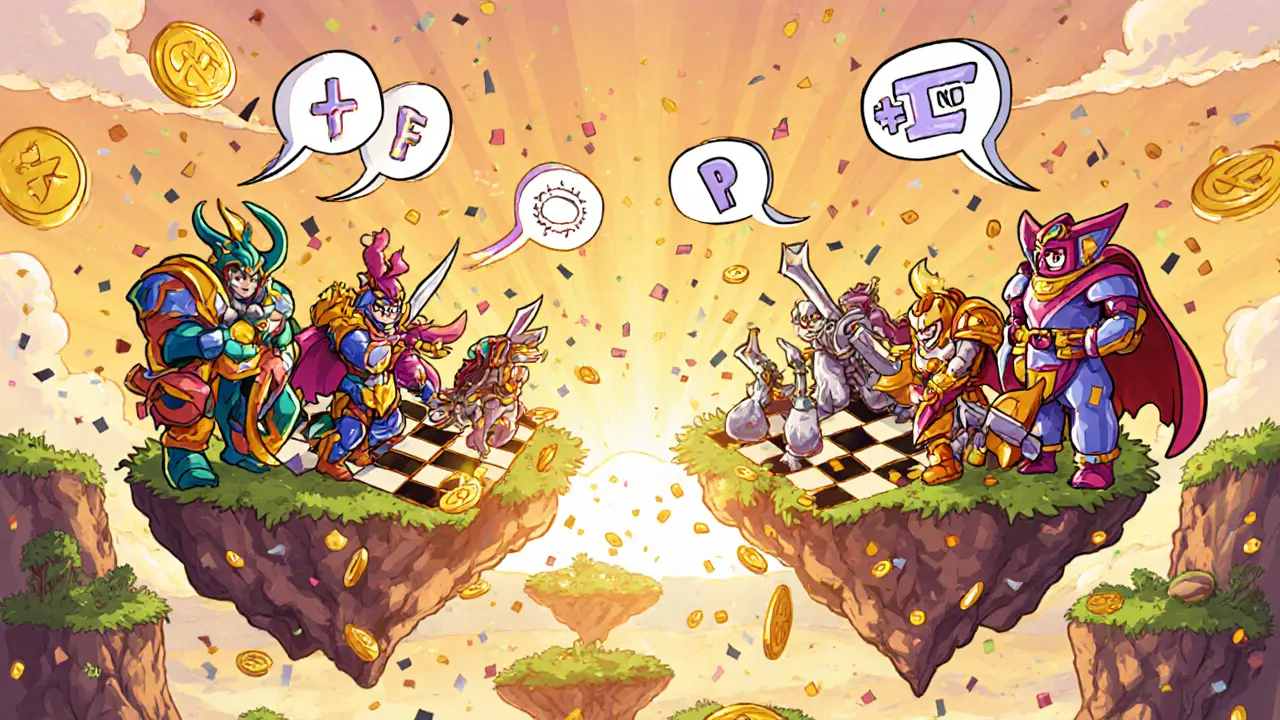Faraland Token: What It Is, How It Works, and Why It Matters in GameFi
When you hear Faraland token, the native cryptocurrency of a blockchain-based fantasy RPG where players battle, collect, and earn rewards. Also known as FARA, it’s not just another coin—it’s the engine behind a game where your time and strategy directly translate to value. Unlike tokens that exist only on paper or in speculative charts, Faraland token is tied to real in-game actions: winning battles, upgrading heroes, and owning rare NFTs that actually change how you play.
This isn’t just about trading. Faraland token connects to NFT gaming, a model where digital assets like swords, armor, and heroes are unique, ownable, and tradable across platforms. Players don’t just spend money—they build collections that hold value outside the game. And because Faraland runs on the Binance Smart Chain, transactions are fast and cheap, making it practical for everyday players, not just big investors. The token also fuels GameFi, the blend of gaming and decentralized finance where earning crypto is part of the gameplay itself. You’re not just playing—you’re participating in an economy.
What makes Faraland different? Most crypto games promise rewards but deliver little beyond hype. Faraland gives you tangible tools: heroes with stats, gear with rarity tiers, and battles that require real strategy. The token isn’t just a payment method—it’s your access pass, your reward, and your stake in the game’s future. If you’ve ever wondered whether blockchain games are more than just gambling with graphics, Faraland shows you how it can work when design and economics actually align.
Below, you’ll find real reviews, breakdowns, and warnings from people who’ve tried Faraland and other similar projects. Some found success. Others lost money. No fluff. Just what happened when the hype met the blockchain.
